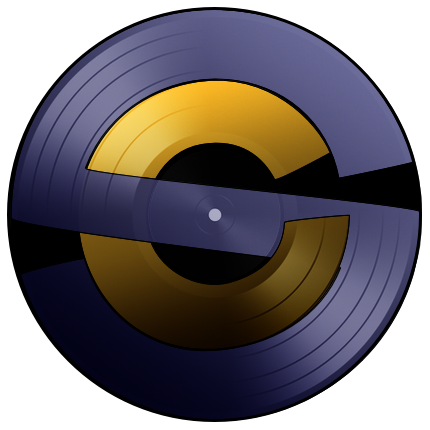Installation • Vinyl Setup • Midi Setup • Live Ins • Automation
One of the most powerful and unique features of Scratch Track is that it can be used to record turntable scratching to automation data. This means that in addition to recording the audio output (what the scratch sounds like), you can also record how the timecoded vinyl was moved to obtain a certain scratch. It should be possible, then, to tweak the scratch after the fact, to invent new scratches that would otherwise not be possible.
To record automation, simply select the automation “out” on the plugin. This will tell the plugin to send tracking data for all parameters to the host, including the scratches that it is producing based on the timecoded vinyl input. In your host, you can then record this data.
How to do this will vary depending on your software. In ableton, simply hitting the record button will record all automation.

To play back the automation, we must now select the automation “In” button on the Scratch Track plugin (to let the plugin know it should use incoming automation data and not the incoming timecoded vinyl signal, or other midi inputs). You may also need to record automation for one of the “play” parameters, in order to trigger the sample.
You should now see the turntable scratch when you hit play on the DAW, regardless of the timecoded vinyl input.

Finally, to take this to the next level, you can record automation for the crossfade parameter. By automating the scratches and the crossfade, we can reproduce the actions of a turntablist down to the smallest detail. We can also invent new and impossible scratches by tweaking the automation data.





